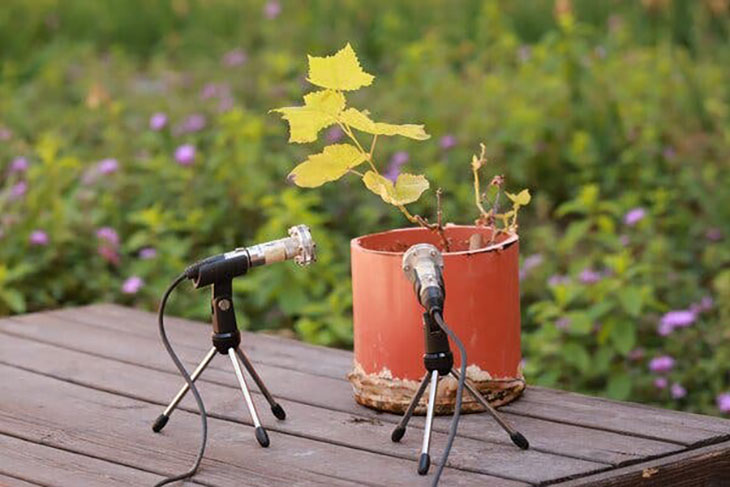
Researchers who have studied plants and how they work were able to record sounds emitted by these that no human can hear. What was interesting was that they emitted click-like sounds that were unique to each species. The sounds varied and depended on what the stressors were.
As for the sounds, these were very much like the popping of popcorn. They were emitted at a volume much like when humans talk, but at high frequencies. These were actually beyond the hearing range of the human ear. This was what the team from Tel Aviv University discovered.
“We found that plants usually emit sounds when they are under stress, and that each plant and each type of stress is associated with a specific identifiable sound,” Professor Lilach Hadany said. She is from the School of Plant Sciences and Food Security. She also led the team of researchers for the study. “While imperceptible to the human ear, the sounds emitted by plants can probably be heard by various animals, such as bats, mice, and insects,” she said.
“From previous studies we know that vibrometers attached to plants record vibrations. But do these vibrations also become airborne soundwaves — namely sounds that can be recorded from a distance,” Prof. Hadany asked. “Our study addressed this question, which researchers have been debating for many years,” she also added.
For the first stage of the research made, which was published in the journal Cell, they placed plants in an acoustic box that was set in a quiet, isolated basement. They made sure that the area didn’t have any background noise. Then, they mounted ultrasonic microphones that are able to record sounds at higher frequencies than the maximum detectable by a human adult, which was about 16 kilohertz. The mics were then placed at about 4 inches (10cm) away from each plant. The plant species in the experiment were tomatoes, grape vines, tobacco, wheat, corn, cactus, and henbit.
Before they recorded the noises the plants emitted, the researchers subjected them to different kinds of treatments: some plants were not watered for five days, some had stems cut out, and some were left untouched.

“Our intention was to test whether the plants emit sounds, and whether these sounds are affected in any way by the plant’s condition. Our recordings indicated that the plants in our experiment emitted sounds at frequencies of 40 to 80 kilohertz.”
“Unstressed plants emitted less than one sound per hour, on average, while the stressed plants — both dehydrated and injured — emitted dozens of sounds every hour.”
The recordings that were gathered were analyzed by specially developed machine learning (AI) algorithms. The algorithms used learned how to differentiate between the different types of plants and different types of sounds these make. The machine was able to identify the plant in the end and determine the type and level of stress based on the noises captured.
The algorithms also identified and classified plant sounds even when these were transferred in a greenhouse that had more background noise. Once these were in the said greenhouse, they still monitored the plants that were subjected to a process of dehydration in a period of time. They discovered that the quantity of sounds that came from these plants went up to a certain peak before these stopped.
“In this study we resolved a very old scientific controversy: we proved that plants do emit sounds!” said Hadany. “Apparently, an idyllic field of flowers can be a rather noisy place. It’s just that we can’t hear the sounds!”
“Our findings suggest that the world around us is full of plant sounds, and that these sounds contain information about water scarcity or injury. We assume that in nature the sounds are detected by creatures nearby, such as bats, rodents, various insects, and possibly also other plants, that can hear the high frequencies and derive relevant information. We believe that humans can also utilize this information, given the right tools—such as sensors that tell growers when plants need watering.”
Studies that have yet to be made will look into a variety of curious questions such as: What is the mechanism behind plant sounds? How do moths detect and react to the sounds that come from plants? Do other plants also hear these sounds?
They will also ask other questions related to the issue, but they captured a video of tomatoes talking and grape vines conversing.
What are your thoughts? Please comment below and share this news!
True Activist / Report a typo


